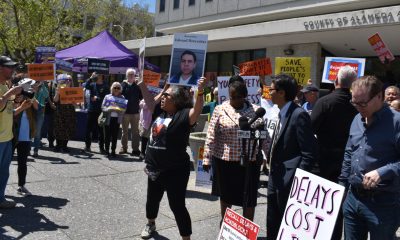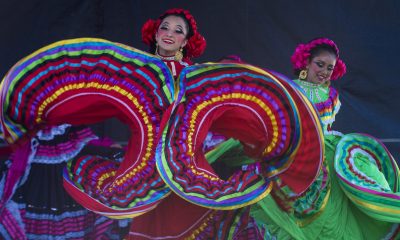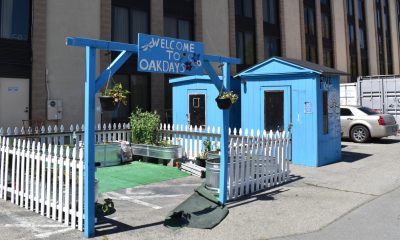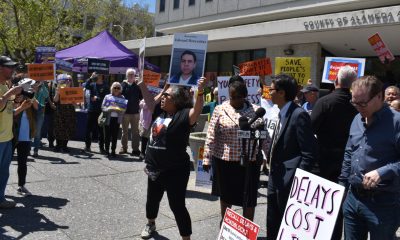California Black Media
Doulas & Black Moms: Bridging the Gap Between Mental Treatment and Maternal Care
There is a growing body of evidence that disparities in medical treatment in the United States — compounded over centuries by the legacy of slavery, Jim Crow segregation and prevalence of anti-Black biases — have adversely affected the health of Black women in numerous ways, including the birthing process.
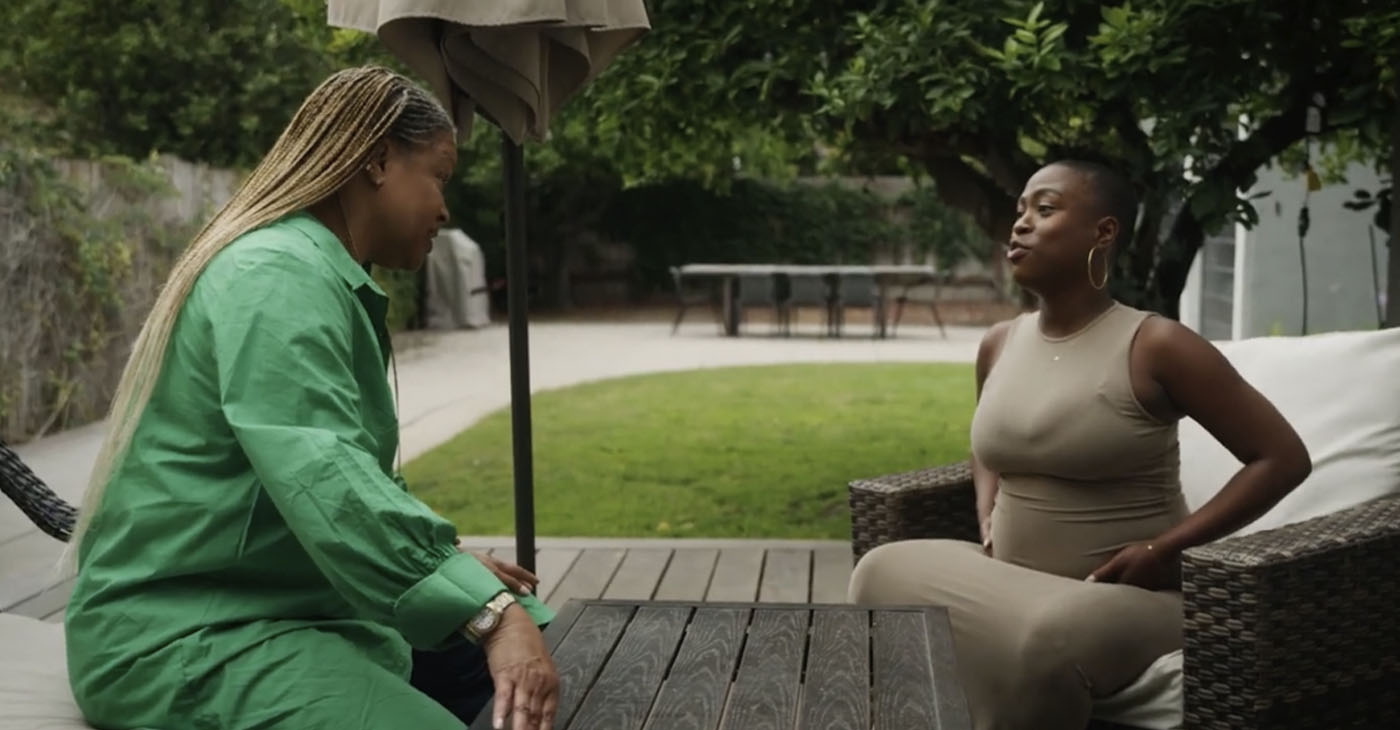
By Aldon Thomas Stiles
California Black Media
There is a growing body of evidence that disparities in medical treatment in the United States — compounded over centuries by the legacy of slavery, Jim Crow segregation and prevalence of anti-Black biases — have adversely affected the health of Black women in numerous ways, including the birthing process.
In June, the tragic and high-profile death of Olympic Gold Medalist and sprinter Tori Bowie during childbirth brought more national attention to the crisis of Black maternal mortality in the United States.
Aware of the discrepancies in treatment as compared to women of other races and terrified by the potential mental health ramifications of those disparities — which can lead to greater fear and anxiety about pregnancy and childbirth — some Black women are seeking alternatives to hospital births.
Black women die at nearly twice the rate of white women during labor, according to data from the National Institutes of Health (NIH).
In July, the U.S. Department of Health and Human Services (HHS) announced that the federal government has launched a civil rights investigation into the treatment of Black expectant mothers at Cedars Sinai Medical Center in Los Angeles.
“Maternal health is a priority for the Biden-Harris Administration and one in which the HHS Office for Civil Rights is working on around the country to ensure equity and equality,” read an emailed statement from HHS to several news outlets.
The federal investigation comes seven years after the 2016 death of a Black woman, Kira Dixon Johnson, who died from internal bleeding following a cesarean section at Cedars Sinai.
Dr. Melissa Frank, director of the Division of Maternal, Child, and Adolescent Health with the Los Angeles County Department of Public Health, stated that she has “lived the disparity” associated with maternal healthcare.
During the delivery of her second daughter, Franklin says she could tell something was wrong and expressed that to hospital staff, “I feel like I’m dying,” but her concerns were largely dismissed.
When the hospital staff finally checked on her, they discovered that her blood pressure was dangerously low to which she responded, “I told y’all!”
According to data from the Centers for Disease Control and Prevention (CDC), in 2021, Black women in the U. S. were more than twice as likely as white women to die due to complications related to maternity and the birthing process.
In California, the risk of death due to pregnancy complications is four to six times higher for Black mothers than any other ethnic group, according to data from the California Health Care Foundation.
Research has indicated that maternal mental health conditions, including prenatal and postpartum anxiety and depression, are the most common complications of pregnancy and childbirth.
According to the American Hospital Association Institute for Diversity and Health Equity, 12.5% of birthing people will suffer from postpartum depression. However, Black women are about 1.6 times more likely to deal with its effects than white women.
Hiring a doula is one solution Black women are using to help address some of the mental health issues associated with the birthing process. A 2013 study by the National Center for Biotechnology Information found that mothers who received support from a doula during childbirth were two times less likely to experience complications.
A doula is a trained professional who provides emotional and physical support to pregnant individuals during pregnancy, childbirth and the postpartum period.
Doulas are not medical professionals and do not deliver babies or provide medical care. Instead, they offer support in the form of physical comfort, emotional well-being, information, and advocacy.
According to another study by the National Center for Biotechnology Information, doula-assisted mothers were 57.5% less likely to suffer from postpartum depression or anxiety. This confirms that having the support of a doula during the birthing process can have a significant positive impact on the mental health of mothers.
The long history of discriminatory care towards Black women in the healthcare system has resulted in another mental health issue: generational trauma.
“When we speak about Black maternal health, we cannot ignore the fact that the foundation of medicine in this country and many of its early principles were deeply rooted in racism,” said Assemblymember Akilah Weber (D-La Mesa), a board-certified obstetrician/gynecologist, and founder and past director of the Pediatric & Adolescent Gynecology Division at Rady Children’s Hospital-San Diego.
“Some of the earliest examples of experimental research relied on these racist concepts. The pain of Black individuals was not only ignored but assumed to not be experienced to the same degree as white individuals.”
Franklin emphasized the importance of culturally competent care for the mental health of Black mothers.
“The support of doulas as alternative birthing spaces gives Black women the opportunity, the choice of giving birth in a way that’s culturally affirming,” said Franklin. This highlights the significance of providing care that is sensitive to the cultural needs and experiences of Black women during the birthing process.
Franklin also pointed out that doulas alone cannot bear the burden of an unfair healthcare system. She emphasized the importance of hospitals employing well trained providers who operate in anti-bias and anti-racism spaces. This can help Black women give birth with “the support of a village.”
California has been taking steps to address healthcare disparities and improve outcomes for Black mothers and birthing individuals. The state introduced various policies and initiatives aimed at making culturally competent care a reality.
For example, the Department of Health Care Services (DHCS) has taken steps to improve access to doula services for expectant mothers. One such initiative is the inclusion of doula services as a preventative care option covered under Medi-Cal. This can help make doula support more accessible and affordable for those who need it.
Los Angeles County Supervisor Holly J. Mitchell has emphasized the importance of doula care in improving pregnancy experiences and birthing outcomes.
In a press release, she stated that “Doula care is shown to improve pregnancy experiences and birthing outcomes. We must increase awareness of doula services for mothers and families across the County and expand our workforce to be more representative of our communities most in need.” This highlights the need for greater awareness and accessibility of doula services, particularly for those in underserved communities.
In the meantime, Dr. Franklin’s advice is to listen to Black women when they express concerns about their health. This means taking their concerns seriously and providing them with the care and support they need.
Activism
Oakland Post: Week of May 8 – 14, 2024
The printed Weekly Edition of the Oakland Post: Week of May May 8 – 14, 2024
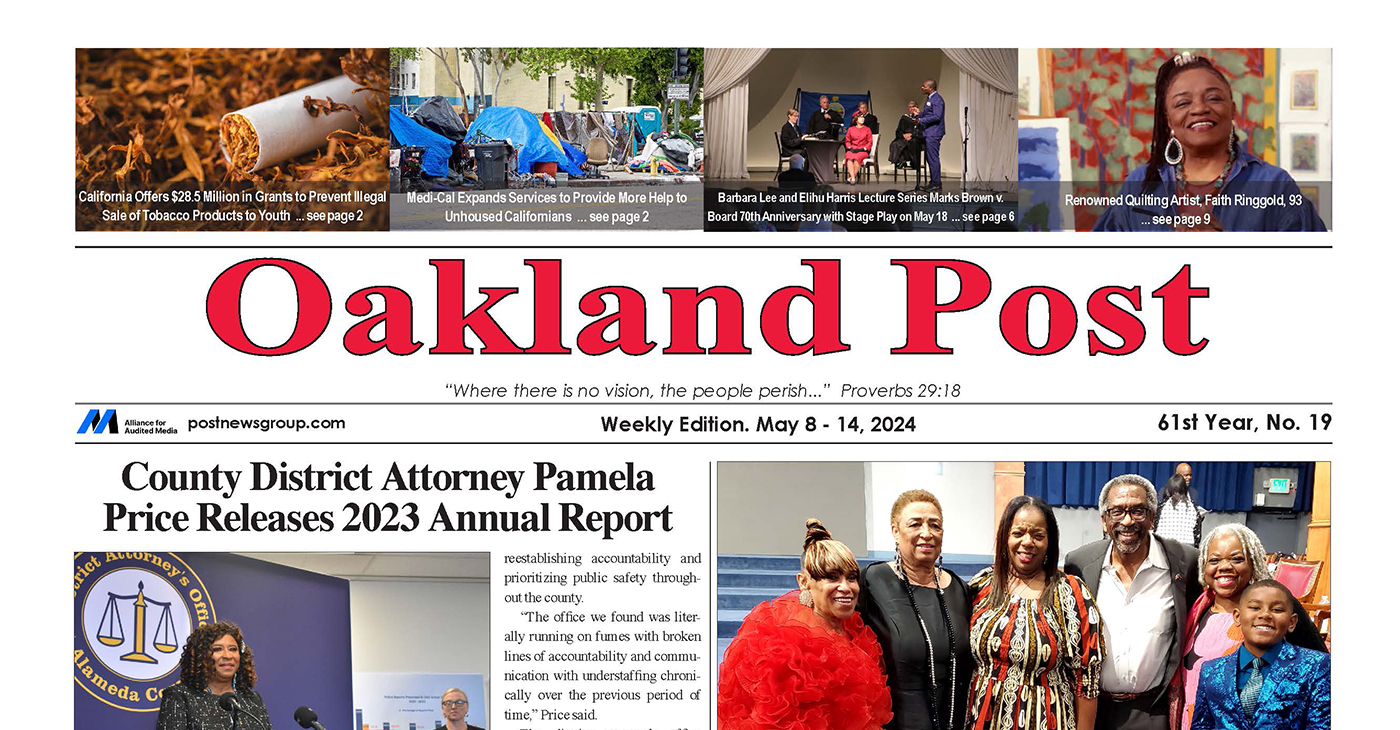
To enlarge your view of this issue, use the slider, magnifying glass icon or full page icon in the lower right corner of the browser window. ![]()
California Black Media
Cinco De Mayo: Five Interesting Facts You Should Know About the Popular Mexican American Holiday
To explore the historical significance of Cinco De Mayo, we step back to the origins of the commemoration, share how some Mexican American Californians regard it and trace how it has morphed into the celebrations we see today.
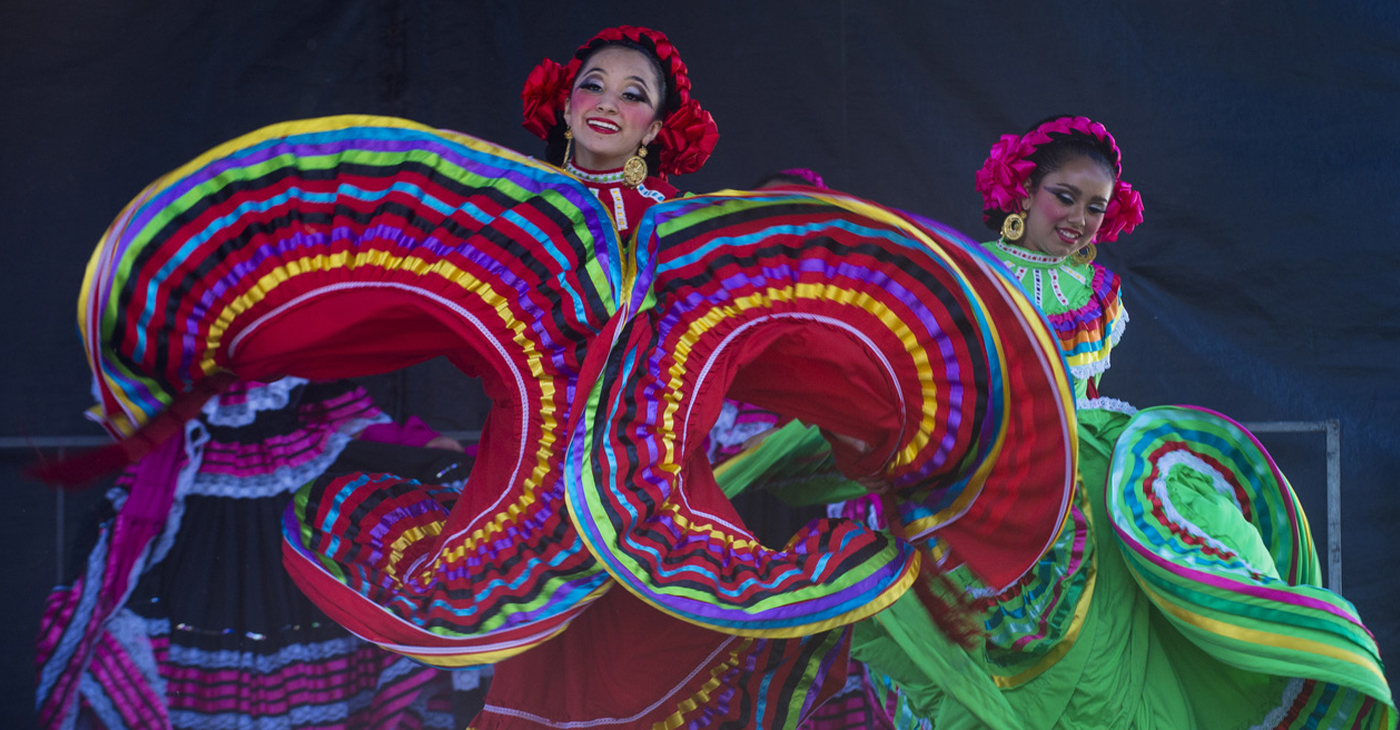
By Edward Henderson, California Black Media
To explore the historical significance of Cinco De Mayo, we step back to the origins of the commemoration, share how some Mexican American Californians regard it and trace how it has morphed into the celebrations we see today.
Celebrations in the United States began in 1862 in Columbia, California, a small town located in the foothills of the Sierra Nevada in Tolumne County, according to that town’s website.
Today, millions of Americans celebrate Cinco De Mayo annually with 120 official celebrations organized across the United States.
This day has become a cultural point of pride for Mexican Americans and other Latino communities in the United States. It serves as a time to affirm and celebrate their cultures with other Americans of all backgrounds as they highlight their contributions to American history and society.
Joseph Soltero, a Mexican American living in Escondido, shared his perspective on Cinco de Mayo with California Black Media. He learned about Cinco De Mayo from his grandfather and talked about the extent to which his family and San Diego County community celebrate the holiday.
“We knew September 16 was really Mexican Independence Day, but kids in my school would always mistake Cinco De Mayo as our Independence Day. [Cinco De Mayo] is not really even a Mexican holiday,” said Soltero. “It’s something people do to have an excuse to buy drinks, have fun and spend a little money at taco shops.”
Like Soltero, many Mexican Americans (and other Latino Californians) do not take the support and solidarity they receive from people of other races on Cinco De Mayo for granted. They also appreciate when people take the time to learn about the cultural significance of the day and avoid some of the cultural tropes that can easily whisper undertones of racism.
To help raise your awareness about the origins and cultural significance of the day, here are 5 little known facts about Cinco De Mayo:
- Cinco De Mayo is not Mexican Independence Day. It is the anniversary of the Battle of Puebla. This military victory on May 5, 1862, over the French forces of Napoleon III was hailed as a symbol for Mexican resistance to foreign influence.
- The holiday was not given much historical significance outside of Puebla, and it has not been celebrated on a large scale in Mexico. However, during the Civil War, Mexican Americans in California, Oregon and Nevada who supported the Union drew inspiration from the victory over the French-backed Confederate forces.
- The Chicano civil rights movement in the 1940s gave a new energy to celebration of the holiday in the United Sates as a symbol of national pride.
- In the 1980s and 1990s, beer companies’ marketing strategies targeted Mexican Americans by encouraging them to celebrate their heritage – and Cinco De Mayo –with Coronas, Bud Light, and Dos Equis. This created the perceived connection between Cinco De Mayo, alcohol, and merrymaking.
- Los Angeles hosts the largest Cinco De Mayo celebration in the country.
As we join Mexican American Californians to celebrate Cinco De Mayo next week, let’s deepen our cultural understanding.
Let’s use this occasion to commit to learning more about our neighbors, colleagues and friends of other races and ethnicities.
This resource is supported in whole or in part by funding provided by the State of California, administered by the California State Library in partnership with the California Department of Social Services and the California Commission on Asian and Pacific Islander American Affairs as part of the Stop the Hate program. To report a hate incident or hate crime and get support, go to CA vs Hate.
Antonio Ray Harvey
Working Group: More Entry-Level Homes Could Help Solve Housing Crisis
The Community Housing Working Group hosted a briefing on April 23 at Cafeteria 15L in Sacramento. Discussions focused on how the housing crisis in California affects Black and Brown communities and explored ways to provide low-income families and individuals with affordable housing.
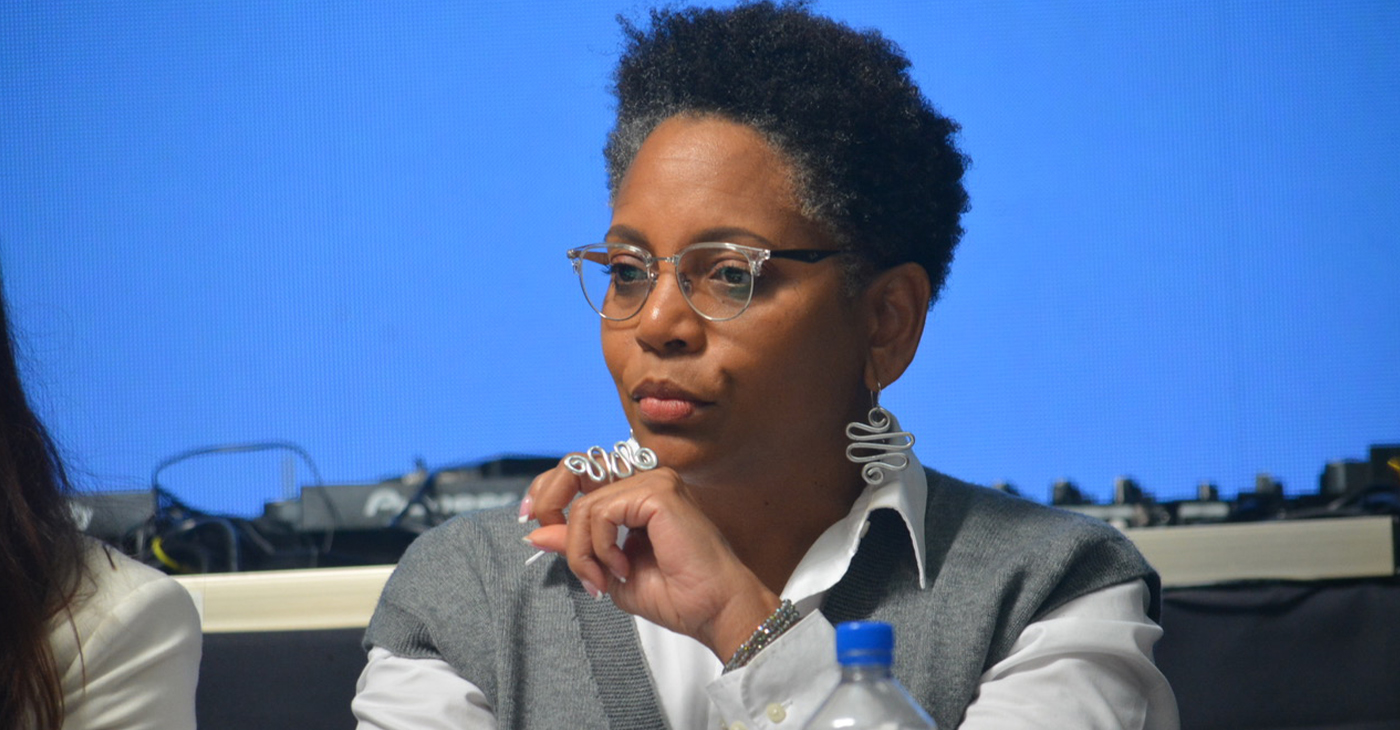
By Antonio Ray Harvey, California Black Media
The Community Housing Working Group hosted a briefing on April 23 at Cafeteria 15L in Sacramento. Discussions focused on how the housing crisis in California affects Black and Brown communities and explored ways to provide low-income families and individuals with affordable housing.
Tia Boatman Patterson, CEO and President of the California Communities Reinvestment Corporation, said “entry-level housing” is not available as it was in the past, adding that affordable units were a major point of entry into homeownership for many families in the Black community.
“My mother bought her first house when I was in junior high. It was an 850-square foot, two-bedroom and one-bathroom house in 1978. That house cost $30,000,” Boatman-Patterson said.
“A woman working part-time at JCPenney was able to afford that house. We don’t build these types of housing now. We do not build entry-level homeownership,” she added.
The Community Housing Working Group is a collection of diverse community organizations from across California working together to address housing challenges in their communities. The organization believes that solving the affordable housing crisis will require creating enough smaller, lower-cost, multi-family homes located near jobs, transit, and good schools.
The briefing included a panel discussion titled, “Exclusionary Zoning: A Look Back and a Path Forward.” Boatman-Patterson participated in that session along with Henry “Hank” Levy, Treasurer-Tax Collector for Alameda County, and Noerena Limón, consultant, Unidos U.S., and Board Member of California Housing Finance Agency.
Boatman-Patterson, a former Associate Director for Housing, Treasury and Commerce in the Office of Management and Budget for the Biden Administration, started her presentation by highlighting how exclusionary single-family zoning is contributing to continued segregation of California communities.
She said that single-family zoning originated in the Bay Area city of Berkeley in 1916.
“By creating single-family zoning and having fenced-off communities, you were able to exclude the ‘others,’” Boatman-Patterson said. “It really was a method to exclude — what they called ‘economic segregation’ — but that was a guise for racial segregation. Single-family zoning, along with redlining, became a systemic approach to exclude based on affordability.”
Title VIII of the federal Civil Rights Act of 1968 — commonly known as the Fair Housing Act of 1968 – is the U.S. federal legislation that protects individuals and families from discrimination in the sale, rental, and financing of housing. It was passed to open the doors to affordable housing.
In 1968, 65.9% of White families were homeowners, a rate that was 25% higher than the 41.1% of Black families that owned their homes, according to National Low-Income Housing Coalition. Today, those figures have hardly changed in the Black community, although White homeownership has increased five percentage points to 71.1%.
Boatman Patterson said the rate has not changed in Black and Brown communities because financing for affordable entry-level homes is almost nonexistent. The homeownership disparities contribute to the disturbing racial wealth gap in the nation, according to the National Low-Income Housing Coalition’s October 2018 report.
“We really must align the financing with the actual building of units, which we haven’t necessarily done. Because of this misalignment, I think we continue to see problems,” Boatman-Patterson said.
-

 Community4 weeks ago
Community4 weeks agoFinancial Assistance Bill for Descendants of Enslaved Persons to Help Them Purchase, Own, or Maintain a Home
-

 City Government1 week ago
City Government1 week agoCourt Throws Out Law That Allowed Californians to Build Duplexes, Triplexes and RDUs on Their Properties
-

 Activism2 weeks ago
Activism2 weeks agoOakland Post: Week of April 24 – 30, 2024
-

 Business4 weeks ago
Business4 weeks agoV.P. Kamala Harris: Americans With Criminal Records Will Soon Be Eligible for SBA Loans
-

 Activism4 weeks ago
Activism4 weeks agoOakland Post: Week of April 10 – 16, 2024
-

 Community4 weeks ago
Community4 weeks agoAG Bonta Says Oakland School Leaders Should Comply with State Laws to Avoid ‘Disparate Harm’ When Closing or Merging Schools
-

 Community3 weeks ago
Community3 weeks agoRichmond Nonprofit Helps Ex-Felons Get Back on Their Feet
-

 Community3 weeks ago
Community3 weeks agoOakland WNBA Player to be Inducted Into Hall of Fame

